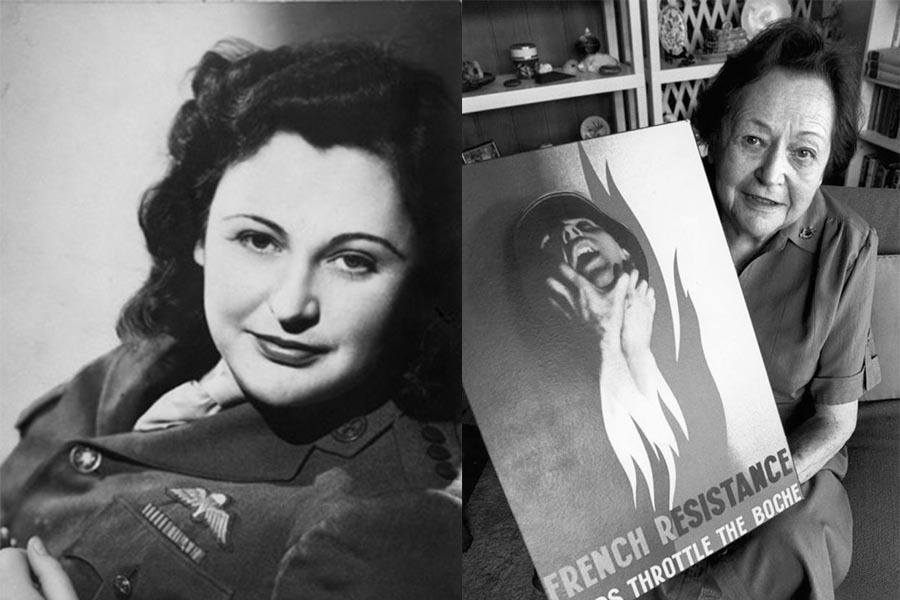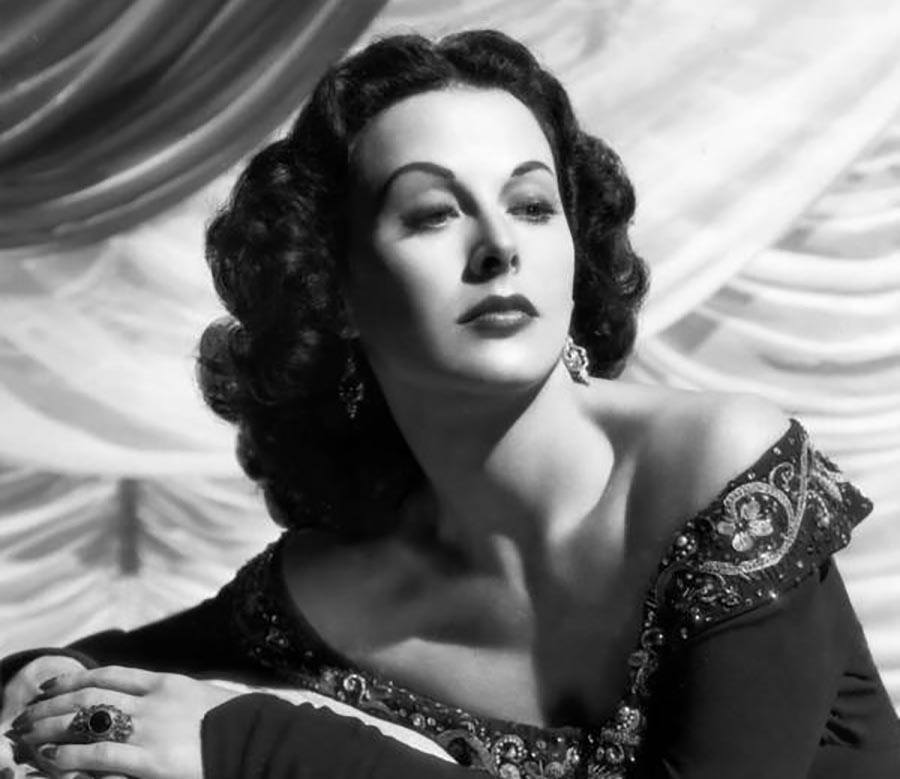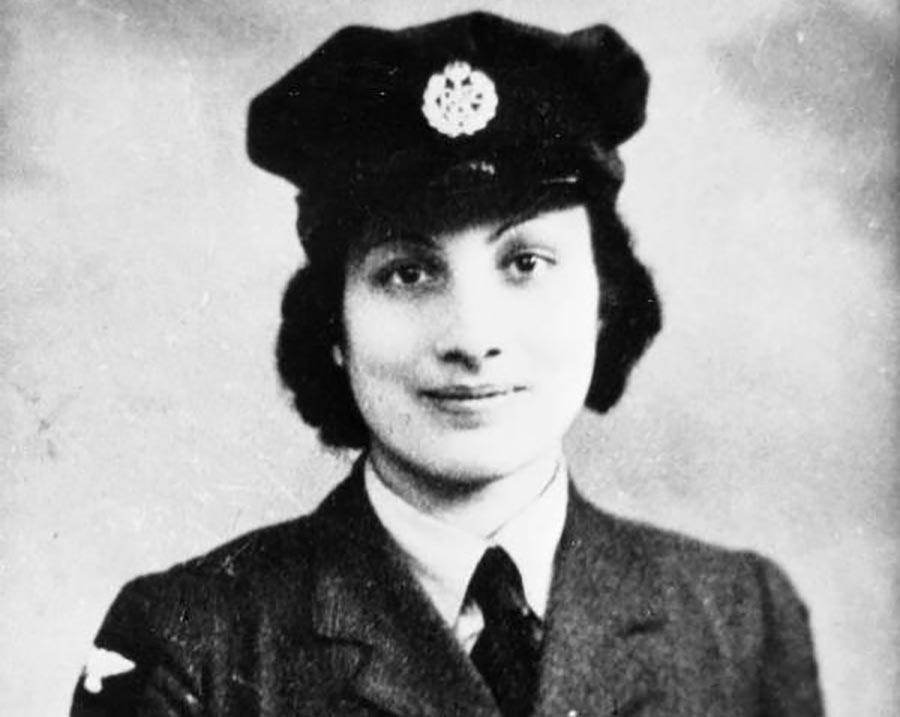Moskolonel
6 years agoLegend
WW2 girls
Hey! We have all followed the controversy of women in BFV and i create this post to give new examples putting an end to the controversy of detractors. Although uncommon there have been women, russia...
Hey here an other power girl!
Nancy Wake:

The Gestapo called her the “White Mouse” for her ability to elude capture. For a time, Germany considered her the most wanted woman in the country. Meet Nancy Wake.
Wake, the wife of a wealthy Frenchman, was the most decorated woman of the Allied forces. During her early days in the Resistance, Wake spent her time smuggling men out of France and transporting falsified documents and contraband supplies. While at one point captured and interrogated for several days, Wake never once gave up any secrets.
After escaping in 1943 to Britain, Wake joined the Special Operations Executive, an agency of British intelligence. After being trained in skydiving and weapons, she was dropped back into France as an official British spy.
Wake would go on to lead 7,000 Maquis guerilla troops, blowing up Nazi buildings and sabotaging vehicles and supplies. She once killed an SS Sentry with her bare hands.
Not losing her * with age, an 89-year-old Nancy Wake said, “Somebody once asked me, ‘Have you ever been afraid?’ … Hah! I’ve never been afraid in my life.”
Here more info on wiki about this girl of WWII:
Hedy Lamarr

A Hollywood starlet from the 1930s until the 1950s, Hedy Lamarr was known as “the most beautiful woman in Europe” – but her looks and acting skills were far from the defining aspects of her life.
When not acting, the Austrian immigrant dabbled in tech. During the early stages of WWII, Lamarr and composer George Antheil created a radio guidance system for Allied torpedoes.
“She understood that the problem with radio signals was that they could be jammed,” Lamarr’s biographer, Richard Rhodes, wrote. “But if you could make the signal hop around more or less randomly from radio frequency to radio frequency, then the person at the other end trying to jam the signal won’t know where it is.”
Lamarr and Antheil successfully developed a means to prevent the jamming of torpedoes’ frequency hopping – along with spread spectrum technology. The invention — which would lead to the development of Wi-Fi, Bluetooth, and guided missile systems — was patented in 1941, but the Navy did not put their invention to use until the 1960s during the Cuban Missile Crisis.
Hedy Lamarr was honored in 1997 by the Electronic Frontier Foundation Pioneer Award, a BULBIE (basically the Oscars of inventing) and was posthumously inducted into the National Inventors Hall of Fame in 2014.
Noor Inayat Khan

When war broke out in 1939, the descendant of Indian royalty Noor Inayat Khan trained as a nurse with the French Red Cross. Quiet and unassuming, Khan was passionate about her father’s pacifist teachings – so it was a surprise to some when Khan joined the Women’s Auxiliary Air Force after escaping to England during the German occupation of France. There, she was trained as a wireless radio operator.
Shortly after, Khan was recruited into the Special Operations Executive for service in Nazi-occupied France. Some doubted her suitability for the job, but her fluent French and the shortage of agents had her flying to Paris as a radio operator for the resistance network, under the code name “Madeleine.”
After the arrest of many in the Paris resistance, Khan continued to move around undercover, sending messages back to London HQ. In October 1943 she was betrayed and arrested by the Gestapo. She managed to escape for a few hours, but upon her recapture she was sent to solitary confinement at Pforzheim prison in Germany. She was held in chains and tortured, but never revealed any information about the resistance.
From the German prison, Khan was sent to Dachau Concentration Camp where she was brutally beaten and possibly sexually assaulted. When she still revealed no secrets, the young Muslim woman was shot execution-style in the back of the head. Her last word as the firing squad took aim was “Liberté.”
Noor Inayat Khan was posthumously awarded the George Cross for courage in 1949, and the French military decoration, the Croix de guerre, or Cross of War.